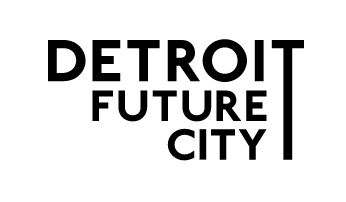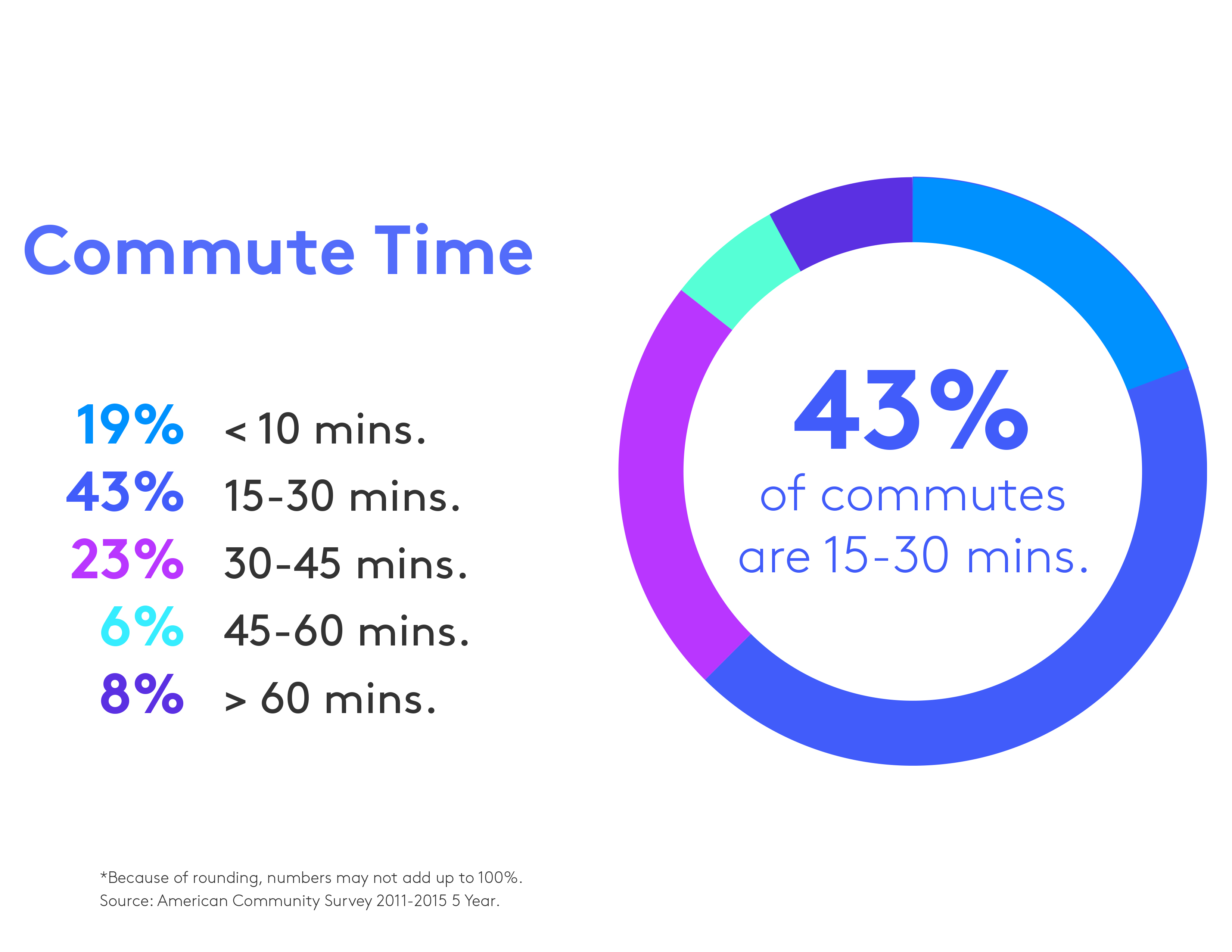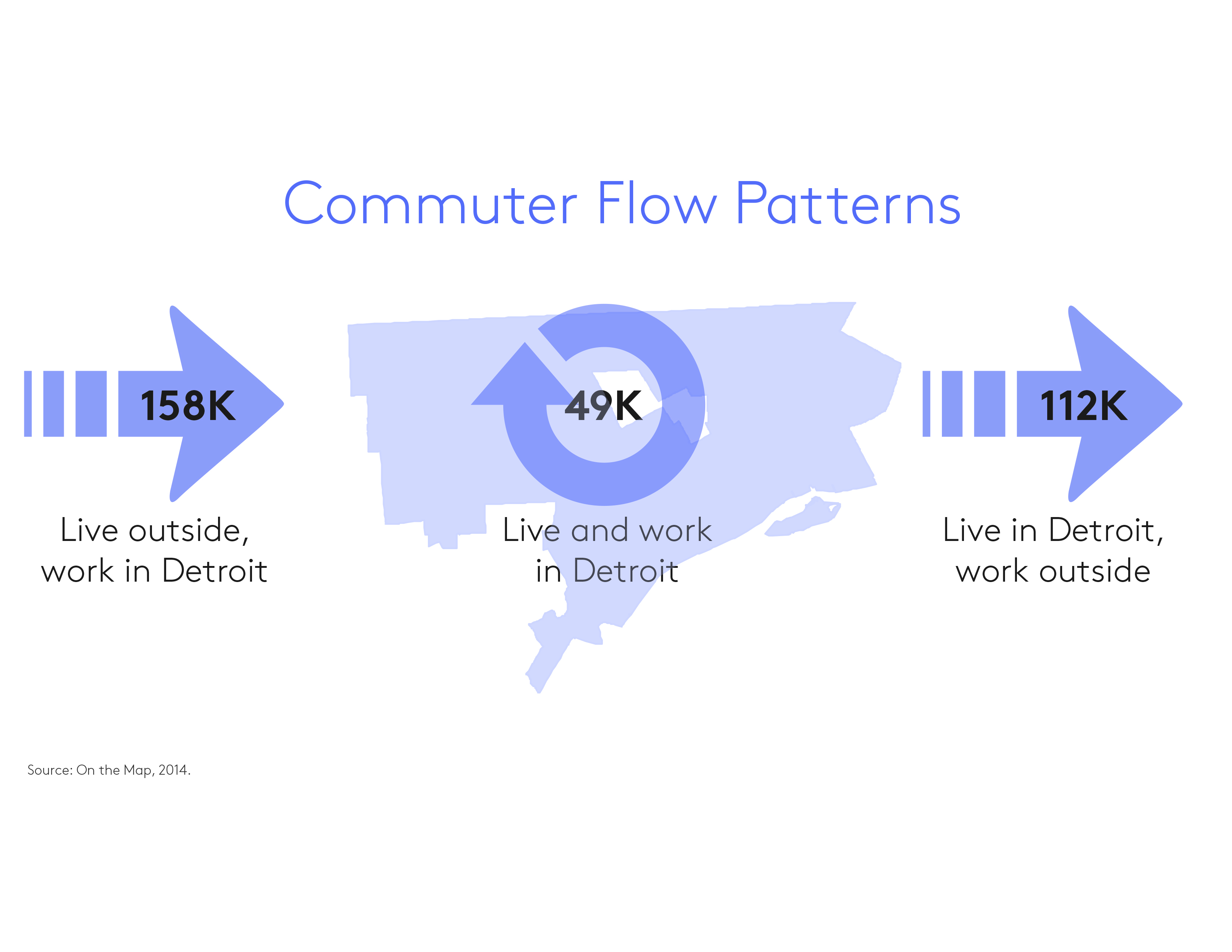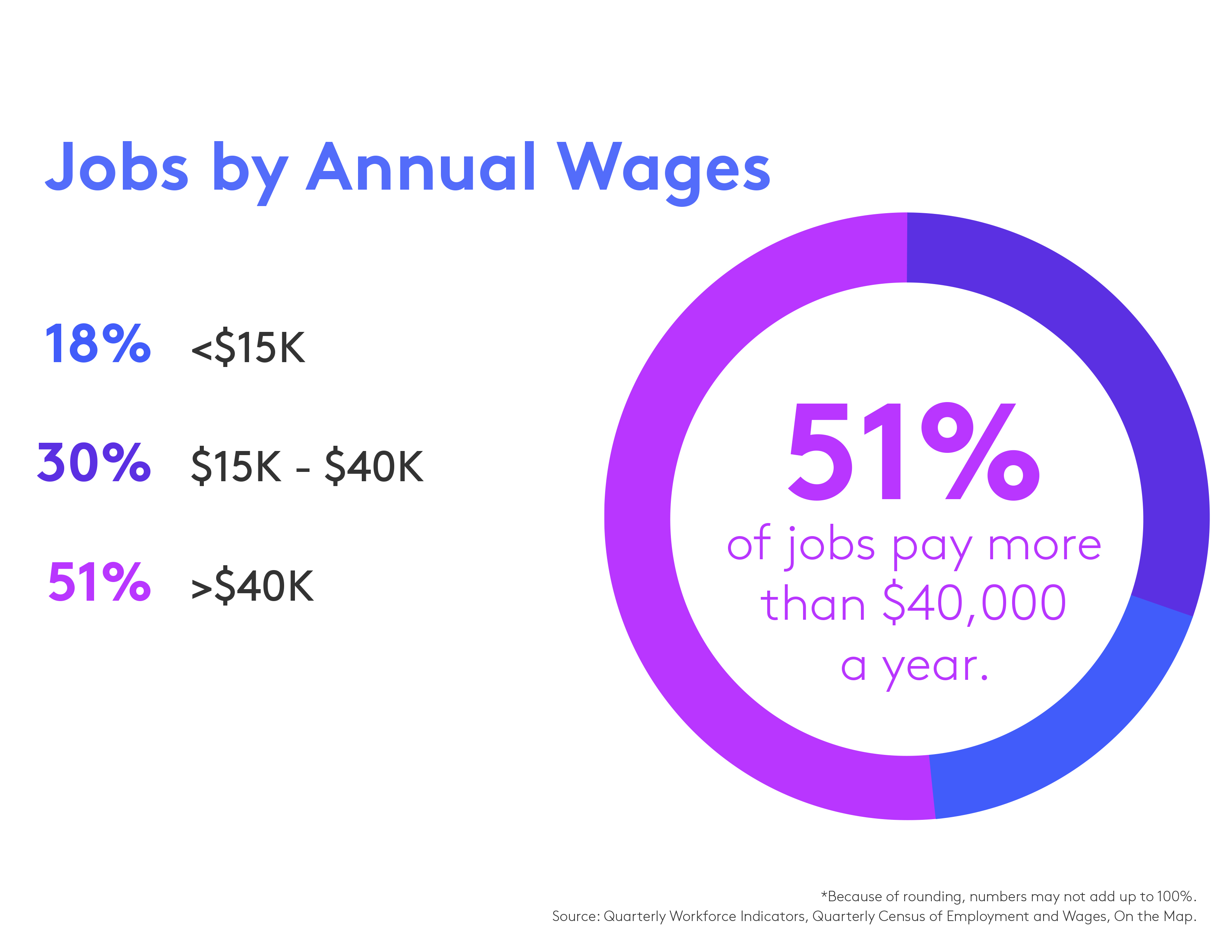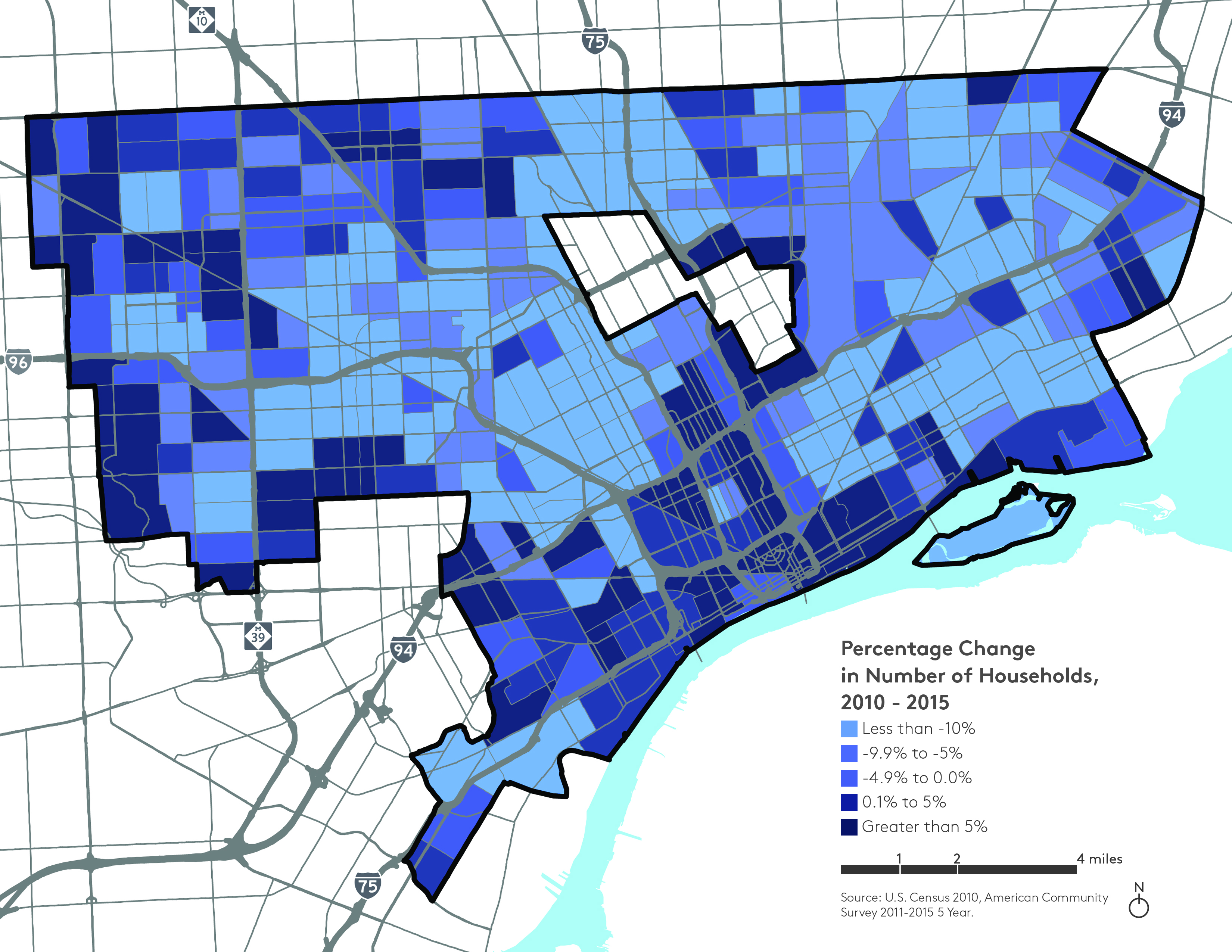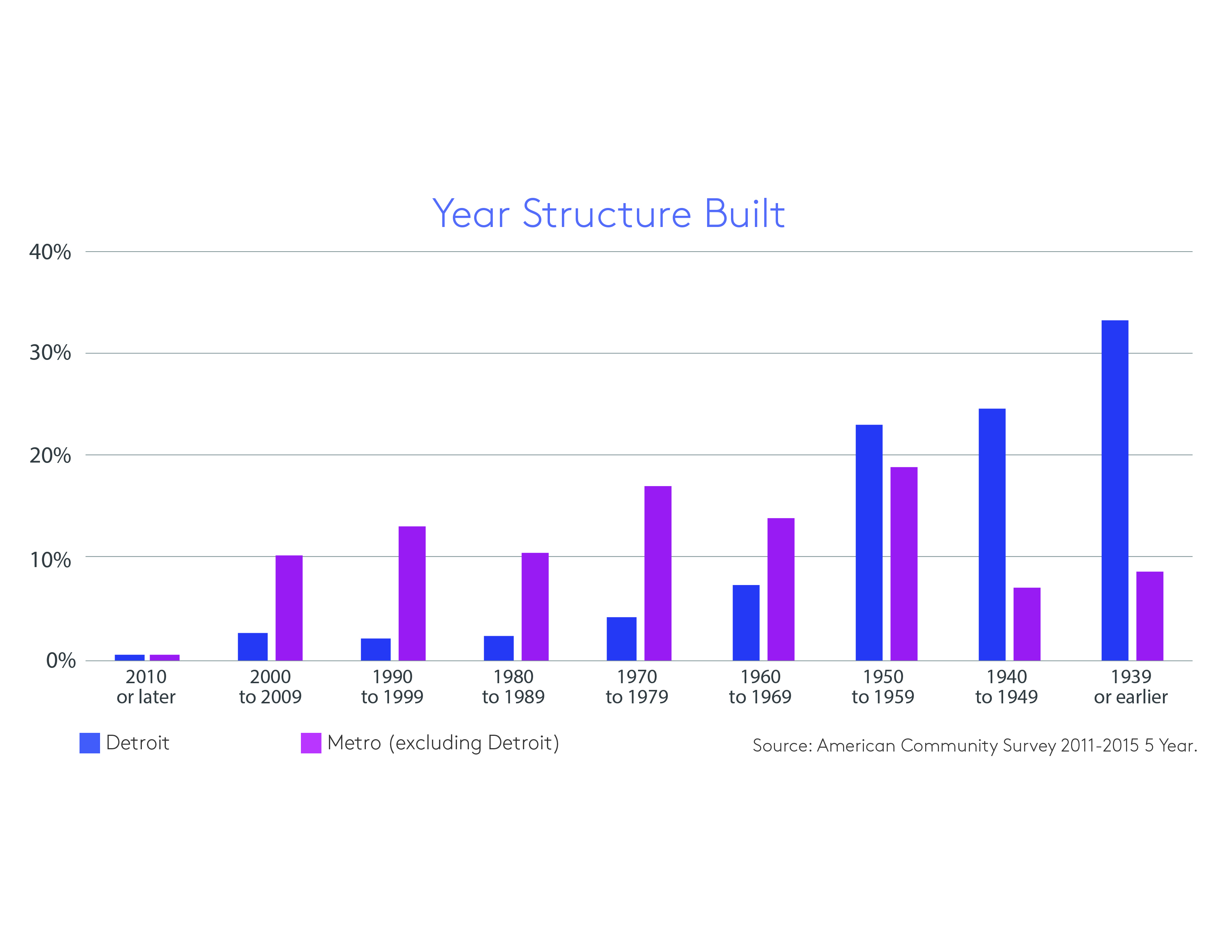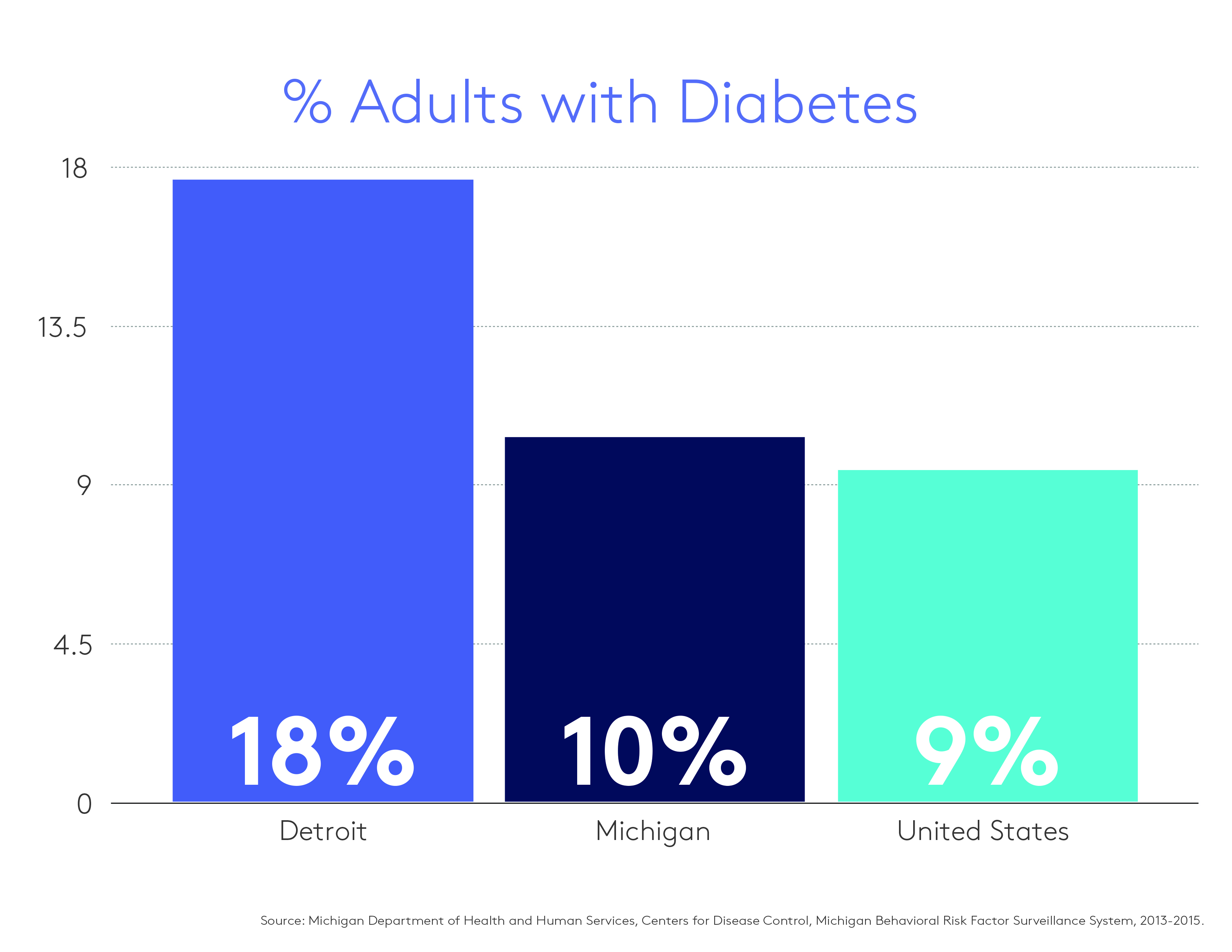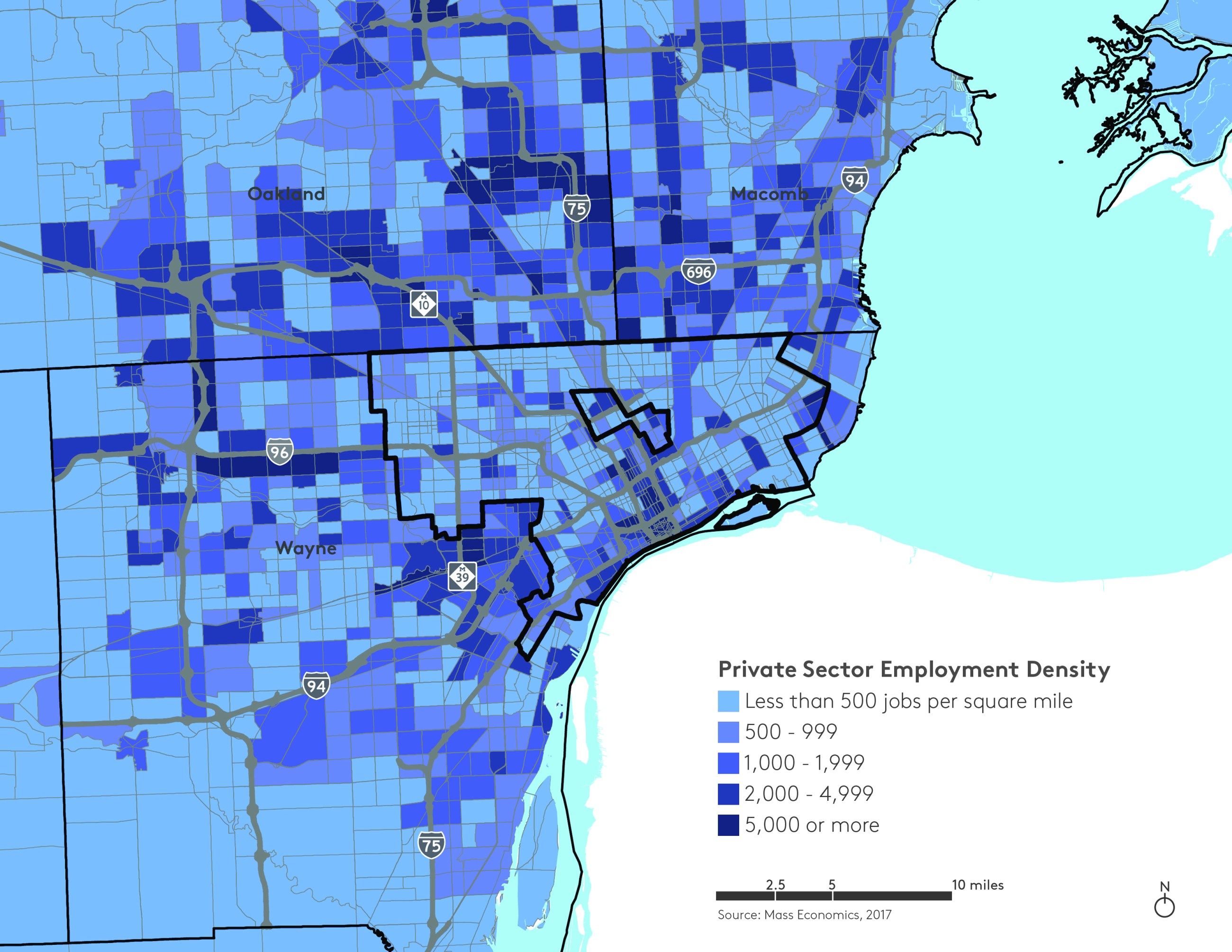
Building a more informed Detroit
Anika Goss-Foster is the executive director of Detroit Future City, a nonprofit dedicated to implementing a 50-year strategic vision for the city of Detroit. Below she writes about the organization’s 139 Square Miles report, released today.
Detroit is a city of 139 square miles and more than 672,000 residents. It is an ever-changing place with many neighborhoods and differing conditions across each of them. As it continues to evolve and address major quality of life issues, it is important that everyone involved in the city’s transformation, from residents to real estate investors, has the data and information they need to get informed and help shape their city. This is the goal of Detroit Future City’s 139 Square Miles report.
The report uses the most recent information available to provide the first, comprehensive, citywide, data-driven study on the state of Detroit without analysis or critique. It shows that for the first time in 60 years, Detroit is moving towards population growth, with the economy on the rise and neighborhoods beginning to stabilize.
With 139 Square Miles, Detroit Future City wanted to present Detroiters with pure facts in an understandable and accessible way. And, though this report is for Detroiters, it is our hope that it is shared, used and referenced both nationally and globally.
139 Square Miles focuses on four key areas: Population, people, economy and place.
The report shows that the city’s economic development efforts are also yielding results. Detroit has reemerged as a significant contributor to the region’s economy, with payroll at firms in Detroit showing a 42 percent increase, which is 50 percent more than the national average. Employment numbers are up in the city, and jobs are becoming available in not only the tech field, but manufacturing jobs are returning to the city, as well.
Though growth is evident, 139 Square Miles identifies areas where gaps still exist and, in some cases, are growing wider. The report shows increased disparity for minorities, specifically in the areas of educational attainment, access to jobs and economic advancement. Only 20 percent of Detroiters have an associate’s degree or higher, which makes it more difficult for the city’s residents to find higher-paying jobs. Additionally, the unemployment rate is 150 percent higher for African Americans than white residents. The City has developed great programs to combat these challenges, such as the Detroit Promise and vocational training, and 139 Square Miles makes it clear that we need to expand those programs even further.
So, what are our next steps? We want this report to become the baseline that all stakeholders involved in Detroit’s revitalization can use to create opportunity in the city. With it, we hope that as Detroit continues to transform, Detroit Future City can continue to update 139 Square Miles, as a clear marker of the city’s growth. Detroit is a city that is post recession and post-bankruptcy. It is seeing incredible progress, but also still experiencing considerable barriers. Data in the 139 Square Miles report captures this success and offers insights to help build on them, while also highlighting where gaps exist and where there are opportunities for growth and change. Through it, Detroiters can make better, more informed decisions about their communities and our city’s future.
Read the report
- 139 Square Miles reportExternal Content / Website
Recent Content
-
Communitiesarticle ·
-
Communitiesarticle ·
-
Communitiesarticle ·
